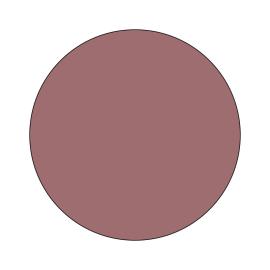550/850nm Dual Bandpass Green + 850nm NIR
Useful Range : 535-565nm, 830-870nm
FWHM : 40nm, 50nm
Tolerance : +/-5nm
Peak Transmission : ≥85%
Surface Quality : 40/20
Compatible LED : 548nm, 840nm, 850nm
550/850nm Dual Bandpass Green + 850nm NIR
Multi Bandpass Filter
Description:
The 550/850nm compliments the 660/850nm and 475/850nm filters. When modifying a single color camera by removing its IR blocking filter, incorporation of this filter in its place allows reflected near-infrared light (850nm) to be captured in the camera sensor’s red channel and reflected green light (550nm) to be captured in the sensor’s green channel (the blue channel is not used). Healthy vegetation will absorb (not reflect) green light and strongly reflect near-infrared light. Thus this information can then be used to apply a false color gradient to images to better highlight the contrast between regions of healthy vegetation vs. areas with stressed, diseased or no vegetation.
There are a range of vegetation indices used by the remote sensing and precision agriculture community, and while ndvi is probably the most common, each have their advantages. Any of the indices listed below can be considered when employing a single color sensor camera that has been converted using a 550/850nm filter. Information gathered can then be overlaid on vegetation maps to provide information used to make better crop management decisions.
Green Chlorophyll Index
CIg = (NIR / Green) – 1
Green Difference Vegetation Index
GDVI = NIR – Green
Green Normalised Difference Vegetation Index
GNDVI = (NIR – Green) / (NIR + Green)
Green Ratio Vegetation Index
GRVI = NIR / Green
Green Soil Adjusted Vegetation Index
GSAVI = [(NIR – Green) / (NIR + Green + 0.5)] * (1 + 0.5)
Parameter:
Useful Range : 535-565nm, 830-870nm
FWHM : 40nm, 50nm
Tolerance : +/-5nm
Peak Transmission : ≥85%
Surface Quality : 40/20
Compatible LED : 548nm, 840nm, 850nm
Application:
Machine Vision
NDVI Application
Agriculture
INQUIRY
CATEGORIES
LATEST NEWS
CONTACT US
Contact: Ben Li
Phone: 18529572782
E-mail: [email protected]
Whatsapp:0086-18529572782
Add: 16 Floor,ChuangJian Bldg,No.6023 Shennan Blvd, Futian District, Shenzhen, China, 518040




